The world’s oceans hide countless secrets. Among them are ancient cities, temples, and monuments submerged by time and tides. These underwater ruins offer a glimpse into lost civilizations and their marvels. Here are some of the most fascinating underwater ruins you should know about.
Yonaguni Monument, Japan
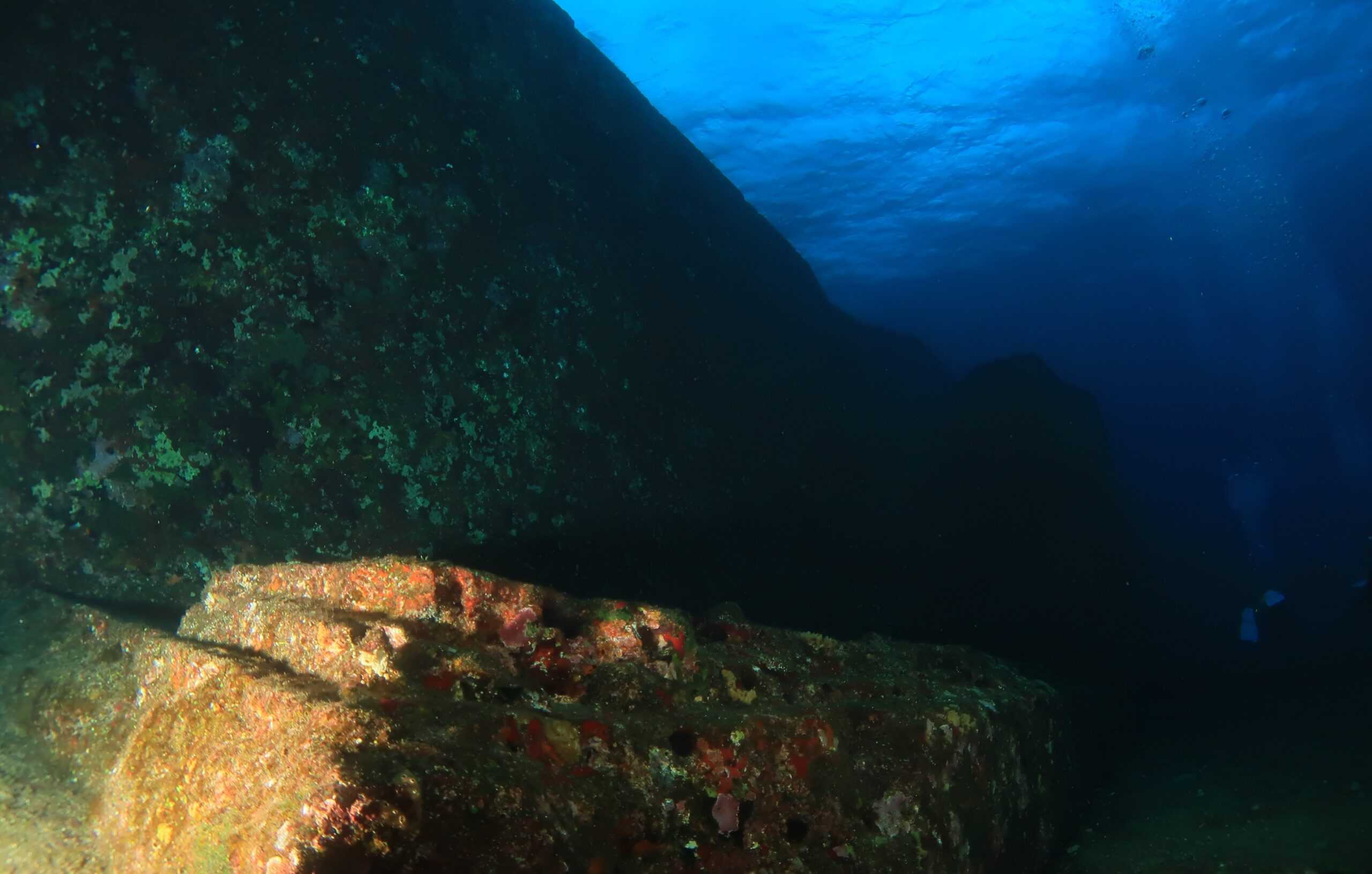
The Yonaguni Monument lies off the coast of Yonaguni, Japan. This mysterious structure resembles a stepped pyramid and is believed to be thousands of years old. Carved from solid rock, it features terraces, steps, and flat surfaces, sparking debates about whether it is man-made or a natural formation. Discovered in 1986 by a diver, some believe it could be remnants of an ancient civilization, possibly over 10,000 years old. The site’s straight lines and right angles are unusual for natural formations, making it a unique and intriguing underwater discovery.
Pavlopetri, Greece

Pavlopetri is the oldest known submerged city, dating back over 5,000 years. Discovered in 1967, Pavlopetri covers about 9 acres and is remarkably well-preserved. Located off the coast of southern Laconia in Greece, this Bronze Age city features streets, buildings, courtyards, and graves. It provides a unique glimpse into urban planning in ancient Greece. Its preservation allows researchers to study early Greek civilization and its development.
Baiae, Italy
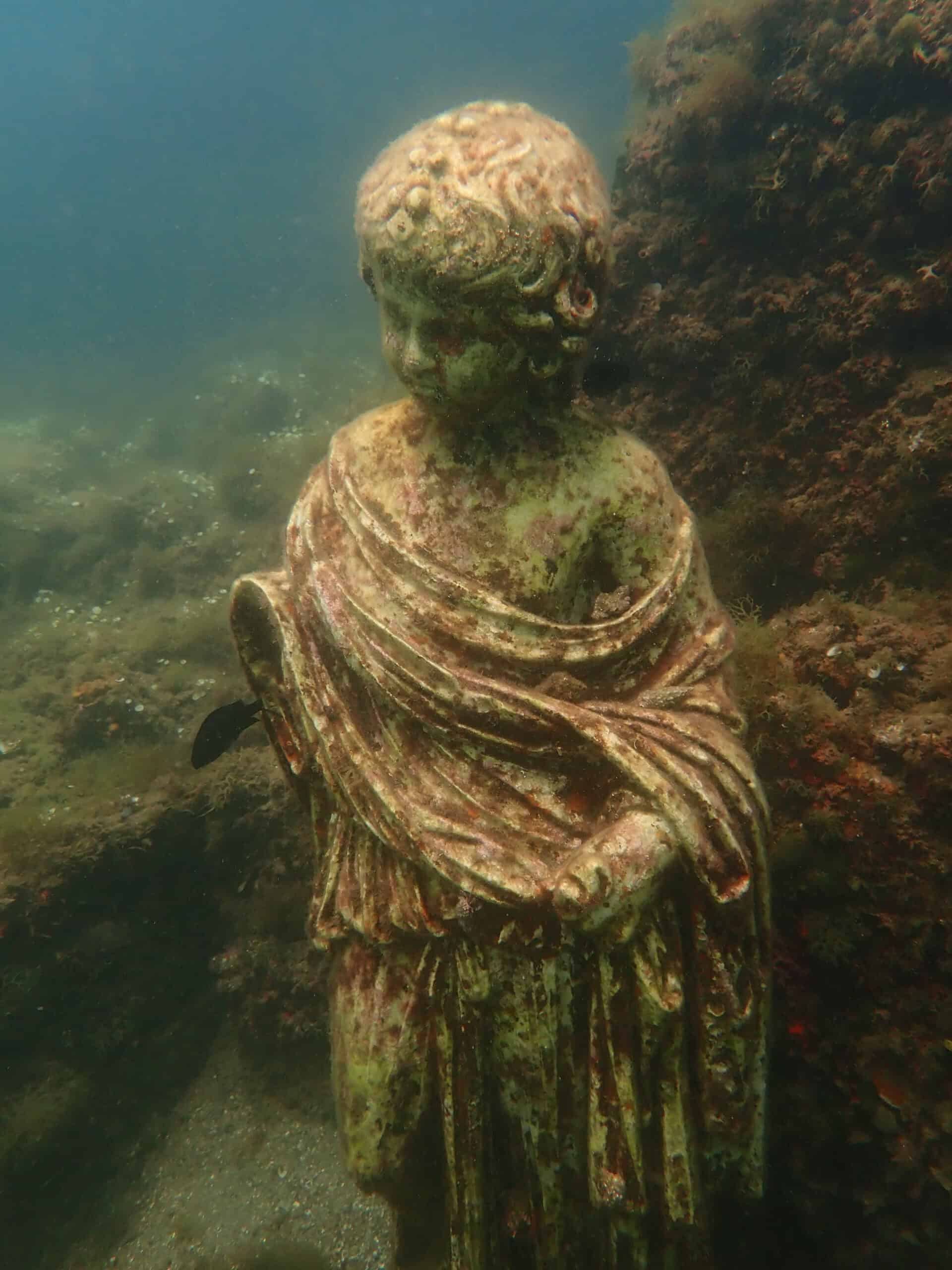
Baiae was a luxurious Roman resort city, now submerged in the Bay of Naples. It sank due to volcanic activity around 1500 years ago. The city was known for its hedonistic lifestyle, attracting the Roman elite with its hot springs and lavish villas. The underwater ruins include villas, statues, and mosaics that hint at the city’s opulence. Baiae was famous for its hot springs and was a playground for Rome’s elite. Today, it serves as an underwater archaeological park, allowing divers to explore its submerged treasures and gain insights into ancient Roman luxury and leisure.
Port Royal, Jamaica
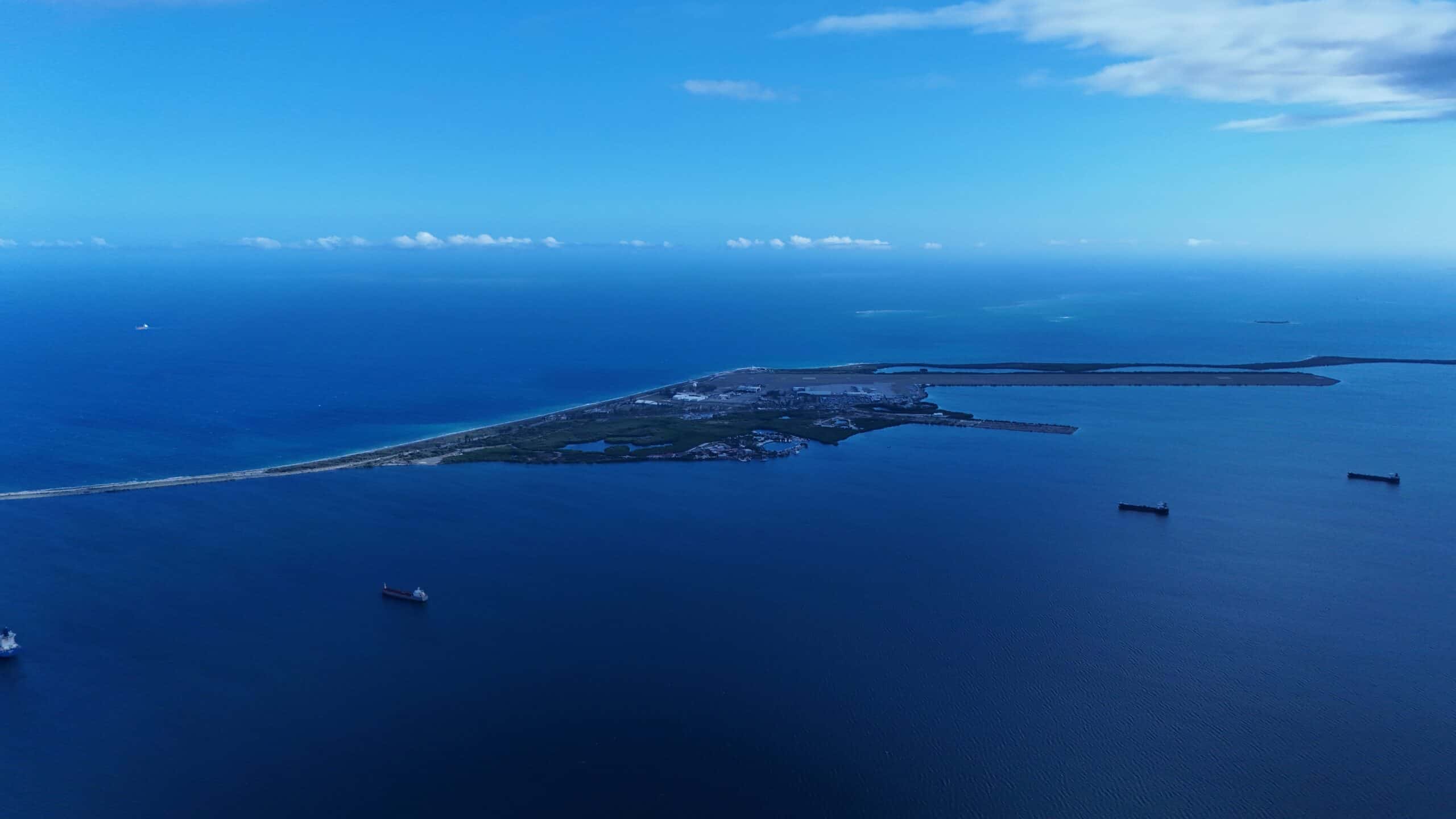
Port Royal, once known as the “wickedest city on Earth,” sank into the sea after an earthquake in 1692. It was a notorious pirate hub in the Caribbean, home to privateers, pirates, and rich merchants. The ruins include buildings, streets, and artifacts that tell the story of its hedonistic past. The site remains a rich source of archaeological finds, offering a glimpse into the pirate era. Researchers have uncovered well-preserved artifacts, including bottles, utensils, and personal items, painting a vivid picture of life in this infamous city.
Atlit-Yam, Israel
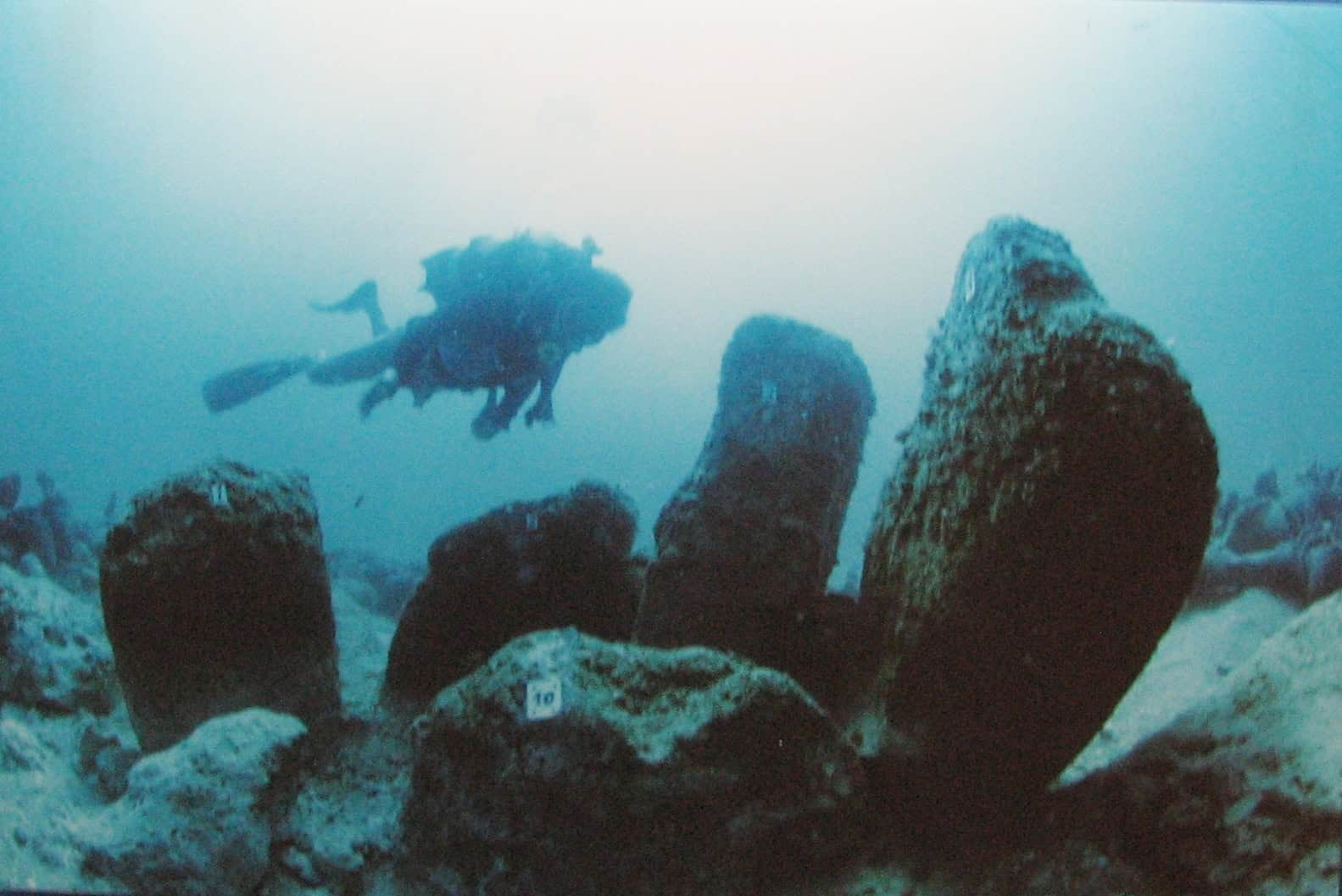
Atlit-Yam, a submerged Neolithic village, dates back to around 6900-6300 BC. It lies off the coast of Israel, near Haifa. This ancient settlement was discovered in 1984 and is one of the oldest known underwater archaeological sites. The ruins include houses, wells, and a stone circle used for rituals. Archaeologists have found human skeletons and artifacts such as tools and food remains. The site offers a rare glimpse into prehistoric human life and community organization.
Bimini Road, Bahamas

Bimini Road, discovered in 1968, lies off the coast of Bimini Island in the Bahamas. This underwater rock formation dates back to around 3000 BC. Some believe it is a natural formation, while others argue it is a man-made structure. The formation consists of large, flat stones arranged in a linear pattern. Divers describe it as a possible ancient roadway or wall. The mystery surrounding Bimini Road continues to intrigue researchers and adventure seekers alike.
Baiheliang, China
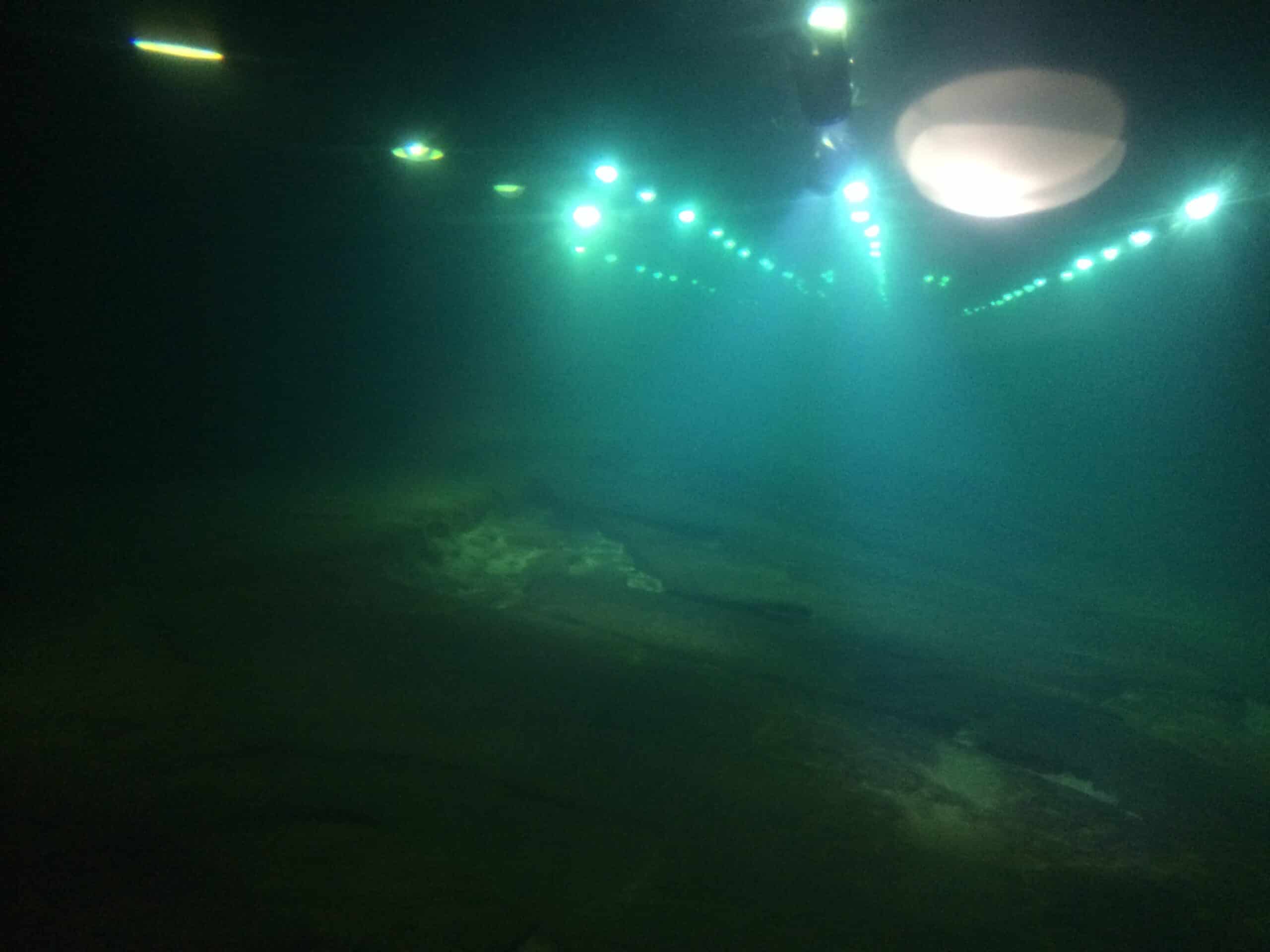
Baiheliang, also known as the “White Crane Ridge,” is an archaeological site in China. It features inscriptions dating back to the Tang Dynasty. This underwater ruin lies in the Yangtze River. It is considered an ancient hydrological station. Baiheliang records water levels over 1,200 years. The site was submerged due to the construction of the Three Gorges Dam. However, it remains accessible through a museum with underwater viewing tunnels. The inscriptions provide valuable historical data. They offer insights into ancient Chinese hydrology and climate. Baiheliang is a testament to China’s rich cultural heritage.
The Ruins of Kekova, Turkey
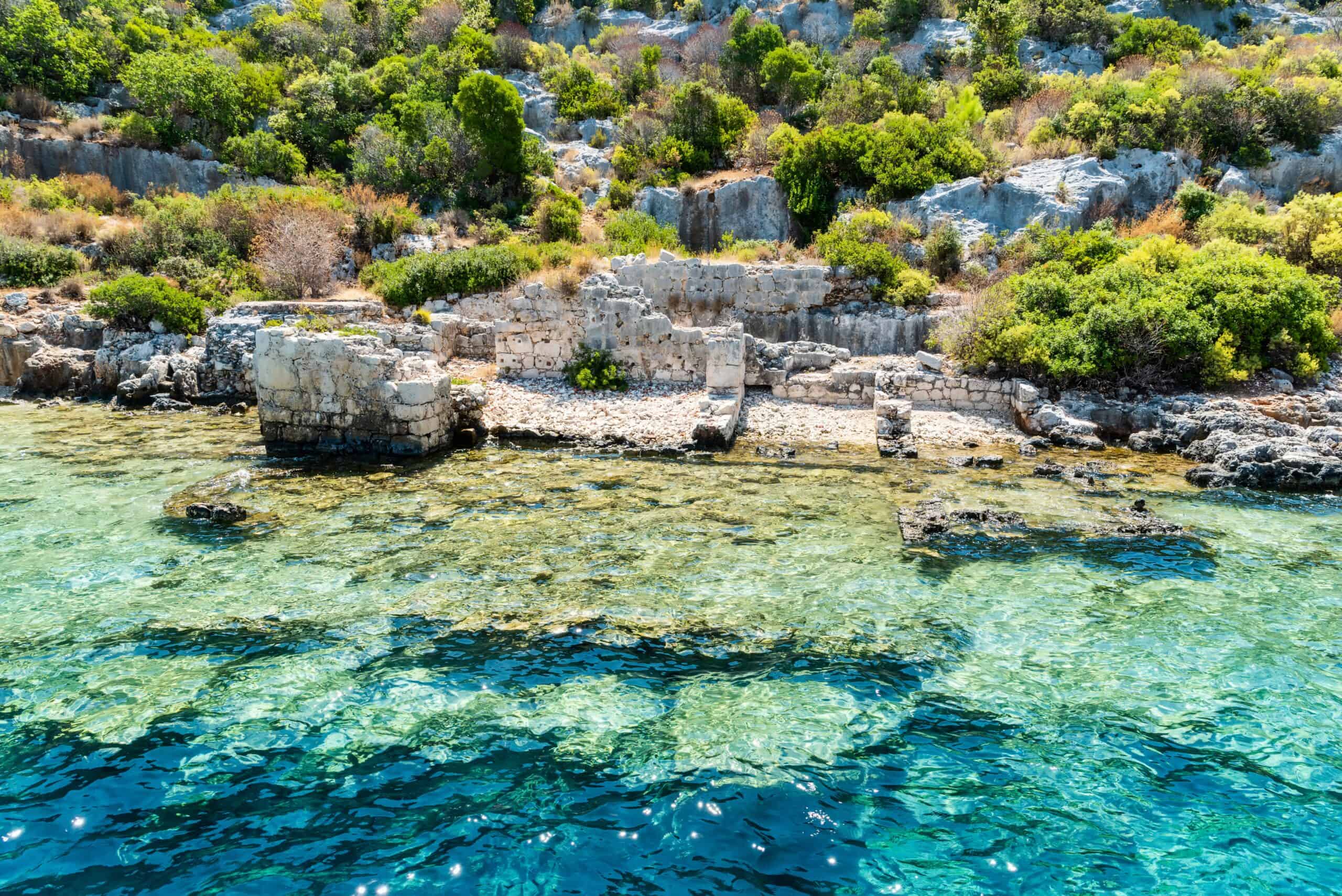
The Ruins of Kekova are located off the coast of Turkey. This ancient Lycian city was submerged by earthquakes. The site includes remnants of buildings, staircases, and streets. It dates back to the 2nd century AD. Kekova is a popular spot for underwater exploration. Visitors can view the ruins by boat or snorkeling. The site is protected to preserve its historical integrity. The sunken city provides a glimpse into ancient Lycian life. Its submerged structures are a unique window into the past. The Ruins of Kekova continue to fascinate historians and tourists alike.
This article originally appeared on Rarest.org.
More from Rarest.org
20 Oddest Items Ever Banned from Public Places
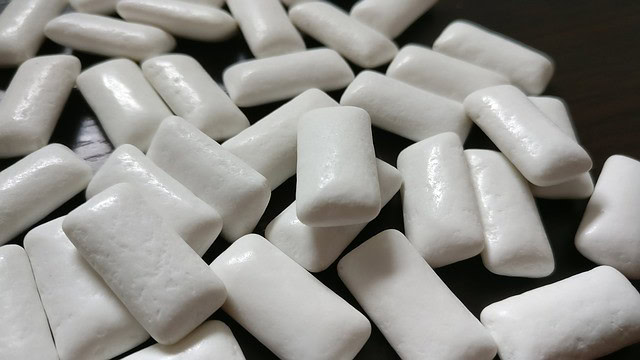
Public places often have regulations to ensure safety, cleanliness, and cultural respect, leading to some surprising bans. Read More.
1989 Washington Quarter Value Guide
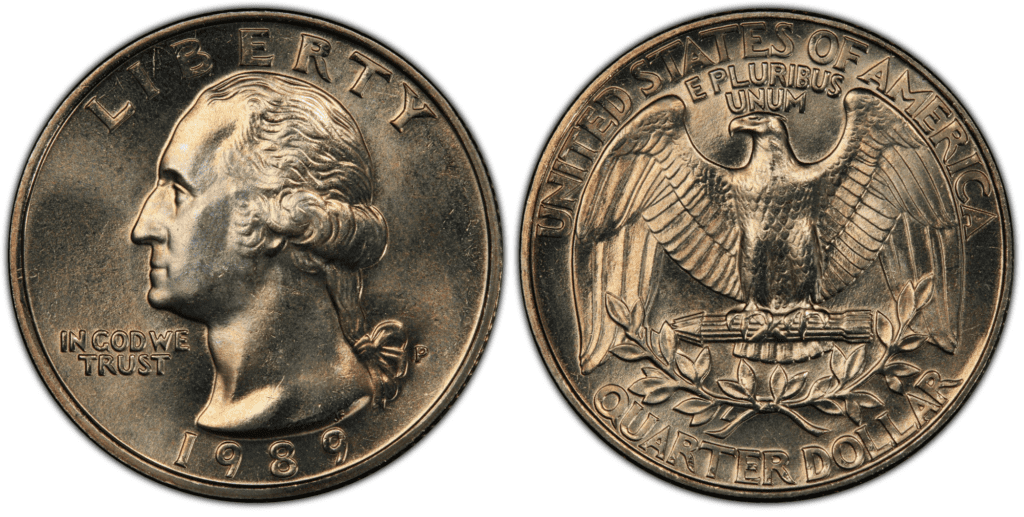
The 1989 Washington quarter is made of 91.67% Copper and 8.33% Nickel. It is a coin that is cupro nickel clad to copper. Read More.
1992 Lincoln Penny Value Guide
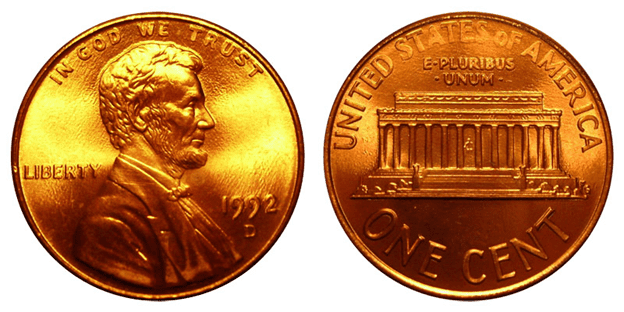
The 1992 Lincoln penny is made of 2.5% copper and 97.5% zinc. Like other US coins, most are now made of base metals. Read More.
